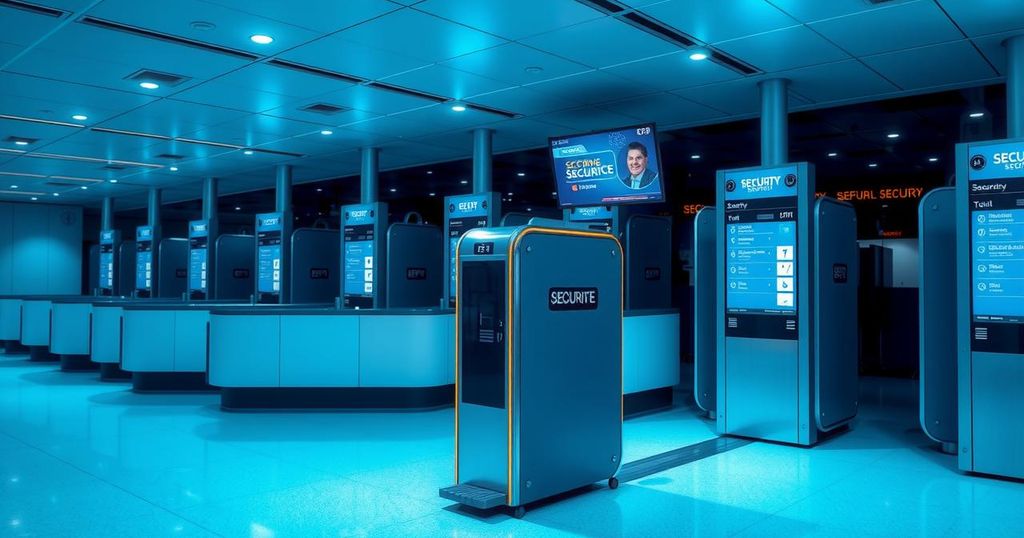Access control is a security practice that governs access to physical and digital resources, minimizing risks to organizations. It includes physical and logical access controls, utilizes various authentication methods, and comprises several models like MAC, DAC, and RBAC. Managing these controls effectively, particularly in distributed IT environments, remains a significant challenge due to evolving security threats and compliance requirements.
Access control is an essential security methodology that determines who or what can access and utilize resources in a computing ecosystem, thereby mitigating risks for organizations. It can be categorized into two main types: physical access control, which protects physical premises and assets, and logical access control, which safeguards digital systems and data. To enhance security in physical locations, organizations implement electronic access control systems using keys, access card readers, and PIN pads. These systems often feature monitoring capabilities, such as auditing logs, to track employee accesses to sensitive areas like data centers. Logical access control mechanisms authenticate and authorize users through various credentials including passwords, PINs, biometric data, and security tokens, with multifactor authentication (MFA) being a key measure in securing sensitive systems. In the framework of identity and access management (IAM), access control plays a crucial role in ensuring compliance with security standards like the NIST Cybersecurity Framework and PCI DSS, aiming to protect sensitive information from unauthorized access. Access controls work by identifying users, verifying their identity, and granting access based on predetermined permissions. Various models of access control are employed depending on regulatory needs and security strategies, such as Mandatory Access Control (MAC), Discretionary Access Control (DAC), Role-Based Access Control (RBAC), Rule-Based Access Control, and Attribute-Based Access Control (ABAC). Implementing access control requires integrating it into an organization’s IT infrastructure, often using identity management tools that automate permission setting based on roles and workflows. Key best practices include the principle of least privilege, where entities are granted only those rights that are essential for their job functions. However, managing access control can be challenging, particularly in distributed IT environments. Issues include maintaining compliance visibility, password fatigue, and managing user directories. The dichotomy between authentication (verifying user identity) and authorization (granting access rights) must also be clearly understood, as failures in either can lead to significant security breaches. Zero trust architectures represent a modern approach, requiring continuous authentication regardless of the access point. Additionally, organizations face access control challenges specific to cloud environments, where misconfigurations can expose sensitive data. In conclusion, consistent monitoring and user experience considerations are vital for effective access control systems. Utilizing robust access control software can aid in maintaining security and compliance within complex IT frameworks, with solutions ranging from password management to identity repositories.
Access control is pivotal in modern cybersecurity as it dictates the mechanisms through which organizations protect their critical resources. Understanding its two primary dimensions—physical and logical access—offers a comprehensive view of how to safeguard facilities and data. With increasing integration of cloud services and hybrid infrastructures, access control becomes a multifaceted challenge that intersect with compliance and operational management.
Access control is an integral component of cybersecurity that serves to protect both physical and digital assets by regulating access. Implementing robust access management frameworks and utilizing appropriate technologies are essential for mitigating risks and ensuring compliance with security standards. Despite the challenges posed by distributed environments and cloud services, effective access control strategies can significantly enhance an organization’s security posture.
Original Source: www.techtarget.com






